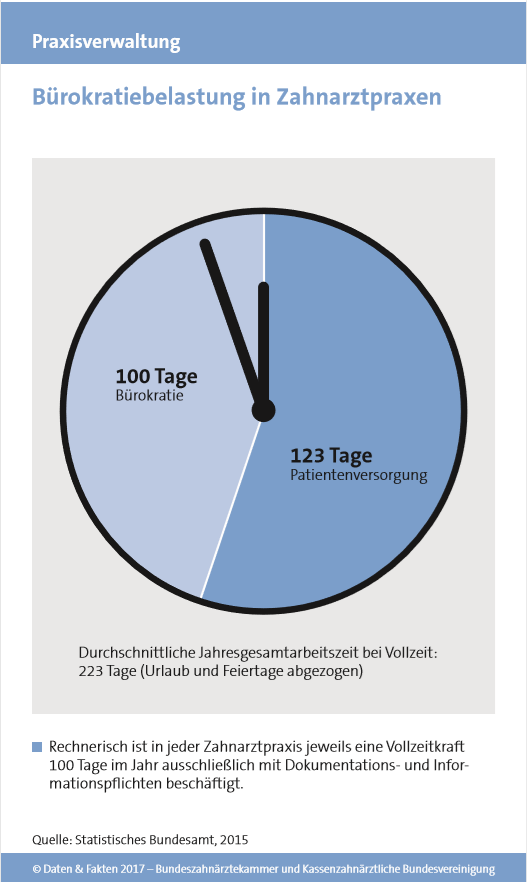
Artificial assistant as dental administrative assistant
While the dentist takes care of his patients with both hands, a dental assistant notes the findings and the associated therapy, which is charged to the health insurance company. This activity and much more bureaucratic work can be done by an artificial employee.
The Problem
During treatment, the dentist dictates the findings and the necessary treatment to his dental assistant. The dental assistant then prepares a treatment and cost plan with a detailed cost statement. These consist of the dental fee as well as the material and laboratory costs. The cash and private services must be set up separately.
With a background in the field of practice organization and administration, a dental assistant calculates according to GOZ (fee scale for dentists) and BEMA (uniform assessment standard for dental services) and designs independently associated texts.
According to the Federal Statistical Office, in each full-time employee in a dental office spends 100 days a year exclusively for documentation and information purposes. These costs can be significantly reduced by an artificial employee.

The Solution
One year ago, we started developing an artificial assistant for dental administration. Due to the patient data protection, the use of the application was not possible. In the meantime, we have been able to remedy this issue. Thus, the patient data can remain protected.
Our artificial employee can record the findings and the necessary treatment during the appointment and then automatically create a cost and treatment plan with a detailed cost statement. This will then be sent by e-mail or in a paper form to the patient. In addition, the artificial employee can answer calls and make appointments with patients. The billing can be based on the appointments and the recorded treatment and findings stated during the appointment, as created by the artificial employee. At the end of each quarter, the dentist will be shown all the important billing information for national health care patients and automatically sent to the KV (Kassenärztliche Vereinigung) for billing after confirmation.
For private patients corresponding invoices are created and the receipt of the payment is monitored. Reminders are created automatically. The collection will be activated if the patient has not paid the invoice within a reasonable time.